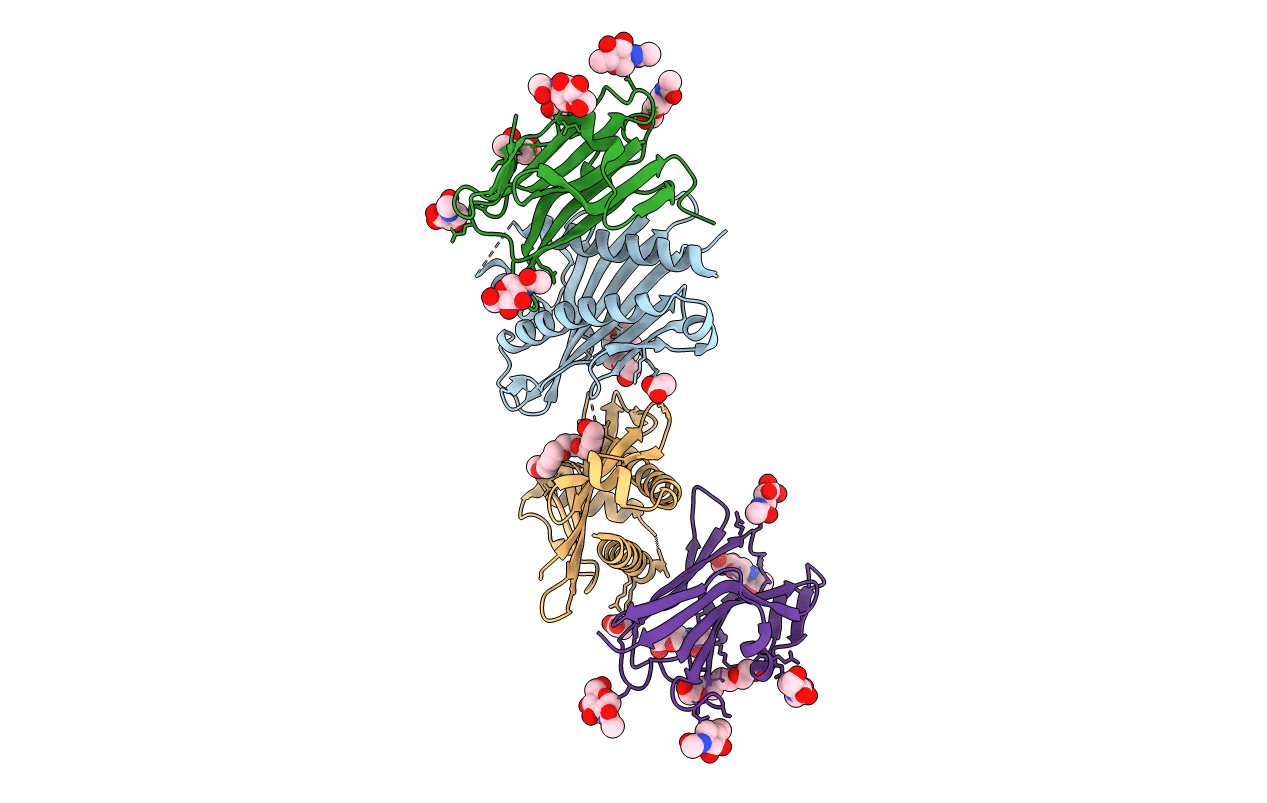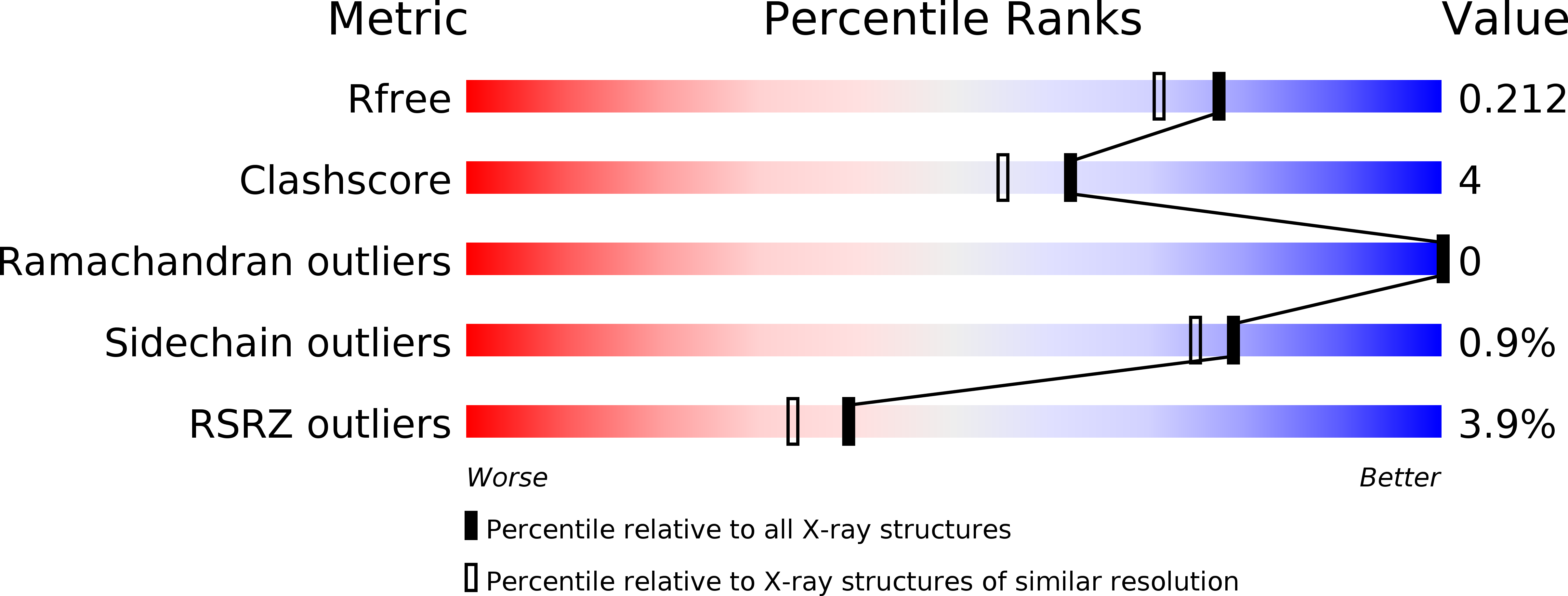
Deposition Date
2009-11-11
Release Date
2010-02-02
Last Version Date
2024-11-06
Entry Detail
PDB ID:
2WY3
Keywords:
Title:
Structure of the HCMV UL16-MICB complex elucidates select binding of a viral immunoevasin to diverse NKG2D ligands
Biological Source:
Source Organism:
HOMO SAPIENS (Taxon ID: 9606)
HUMAN HERPESVIRUS 5 STRAIN AD169 (Taxon ID: 10360)
HUMAN HERPESVIRUS 5 STRAIN AD169 (Taxon ID: 10360)
Host Organism:
Method Details:
Experimental Method:
Resolution:
1.80 Å
R-Value Free:
0.21
R-Value Work:
0.17
R-Value Observed:
0.17
Space Group:
P 21 21 21


